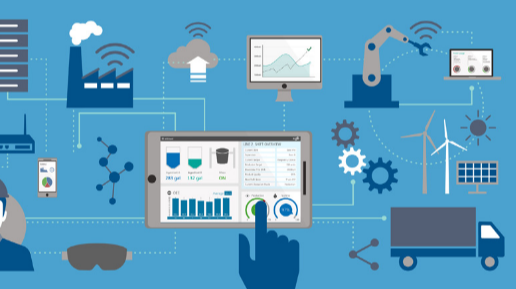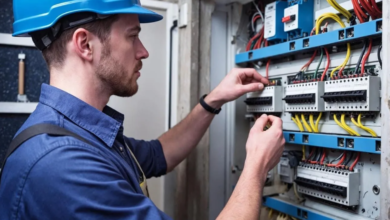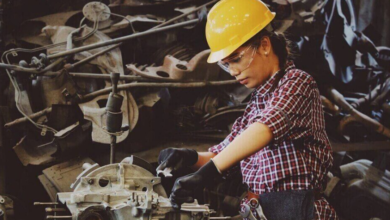The integration of IoT in industrial automation represents a significant shift in operational methodologies. By leveraging advanced sensor networks, manufacturers can achieve real-time monitoring and control of machinery. This connectivity facilitates precise data collection and actionable insights, which are essential for enhancing productivity. However, the path to full integration is fraught with challenges, including complexity and security issues. Understanding these dynamics is crucial for organizations aiming to optimize their manufacturing processes. What lies ahead for this evolving landscape?
Understanding IoT in Industrial Automation
The integration of the Internet of Things (IoT) within industrial automation represents a transformative shift in operational efficiency and data management.
Sensor networks facilitate real-time monitoring and control of machinery, enabling precise data collection.
Advanced data analytics processes this information, offering actionable insights that enhance decision-making and optimize resource allocation.
This convergence empowers industries to operate with greater autonomy and responsiveness to dynamic market demands.
Benefits of IoT Integration in Manufacturing
Numerous benefits arise from the integration of IoT in manufacturing, significantly enhancing operational capabilities.
Key advantages include cost savings through improved energy efficiency and predictive maintenance.
Real-time monitoring facilitates supply chain optimization and enhanced productivity.
Additionally, data analytics empowers informed decision-making, while prioritizing workforce safety.
Key Technologies Driving IoT in Industry
Various key technologies are pivotal in driving the Internet of Things (IoT) within the industrial sector.
Sensor networks facilitate real-time monitoring, while data analytics and machine learning enhance predictive maintenance.
Edge computing optimizes data processing, and robust connectivity protocols ensure seamless communication.
Cloud integration supports scalability, and effective cybersecurity measures protect sensitive information, all within advanced automation frameworks that streamline operations.
Read also: What About Huzoxhu4.F6q5-3d
Future Trends in IoT and Industrial Automation
Emerging trends in IoT and industrial automation signal a transformative shift toward increased integration and intelligence.
Edge computing enhances real-time data processing, while predictive maintenance minimizes downtime in smart factories.
Digital twins optimize operations and improve supply chain efficiency.
Remote monitoring and data security are critical for safeguarding assets, and a focus on energy efficiency drives sustainable practices in the evolving industrial landscape.
Conclusion
In conclusion, the integration of IoT in industrial automation acts as a catalyst for transformation, igniting unprecedented levels of efficiency and productivity. While the journey towards seamless implementation is fraught with complexities and security concerns, the potential rewards far outweigh the challenges. As industries navigate this digital landscape, embracing IoT will not only streamline operations but also redefine the competitive edge, heralding a new era of smart manufacturing where data-driven decisions illuminate the path to success.





